The votes have been counted, the shortlist has been set and now you’re looking at the five cars likeliest to be revered collectibles in 50 years’ time, as decided by the Autocar-Beaulieu Future Classics competition.
Last summer, we announced this new initiative as a way to mark the 50th anniversary of the National Motor Museum at Beaulieu – and to recognise and cherish our current generation of wonderfully varied, engaging and special new cars, whose like we might never see again.
We put 100 contenders on a long list, from the Abarth 595 to the Volvo XC40, via the Dacia Duster, Jeep Wrangler and Rolls-Royce Phantom. They qualified simply by being new and available to buy at the beginning of 2022. You voted on that list to produce a shortlist of 10 contenders, among which were the Porsche 911, Morgan 3 Wheeler, Volkswagen Up GTI, Ford Fiesta ST and Mazda MX-5.
That shortlist was then whittled down to a field of five winners by expert judges from the National Motor Museum, with a little help from some Autocar journalists. The basis was simple: pick the cars we will look back on in 50 years’ time and wish we could have again.
Our winners, then, decided by Autocar’s readers and writers and Beaulieu’s experts, appearing here in alphabetical order and all due for recognition at the Autocar Awards in May, are the Alfa Romeo Giulia Quadrifoglio, Alpine A110, BMW i3, Land Rover Defender and Toyota GR Yaris.
We gathered all five at Beaulieu for a celebratory photoshoot and for a refresher on what makes them so special, on which subject Autocar’s Illya Verpraet, Jack Warrick and Matt Saunders are about to expand.
Thank you for your votes and for the continued enthusiasm that makes cars such as these so treasured in the first place.
Alfa Romeo Giulia Quadrifoglio

Rarity alone doesn't make something a future classic, but it sure helps. What sealed the deal for the Alfa Romeo Giulia Quadrifoglio’s invitation to our winners’ circle is that it’s one of the most soulful cars on sale today. It is utterly sublime to drive, it is a car whose like we don’t see often and it is simply adored by those who love it.
Any BMW M3 is great, but there have been lots of M3s in the past and there will probably be a better, quicker one in a year or two. In contrast, after decades of great-looking but disappointing cars, the Giulia was intended to be the first product of a reinvigorated Alfa Romeo. To find the last truly great Alfa before it, you probably need to go back to the Giulia of the 1960s and 1970s. And as for the next truly great Alfa? Who knows?

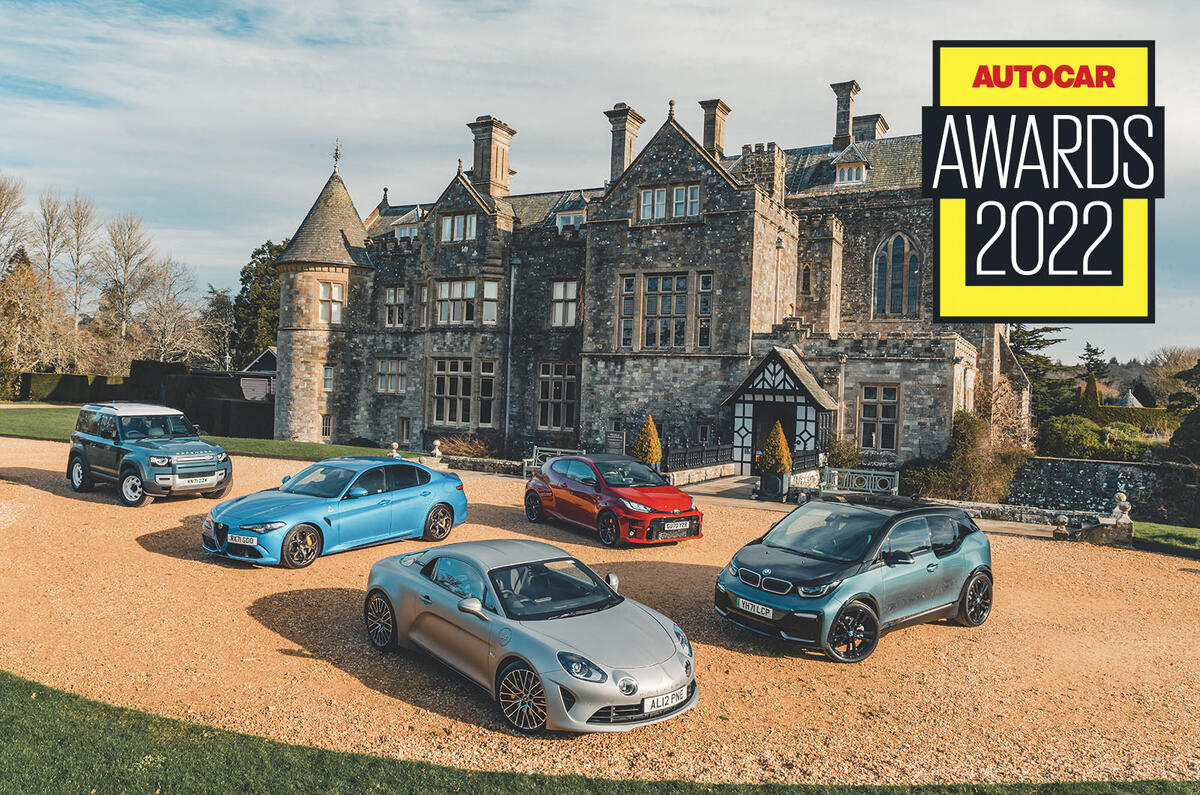
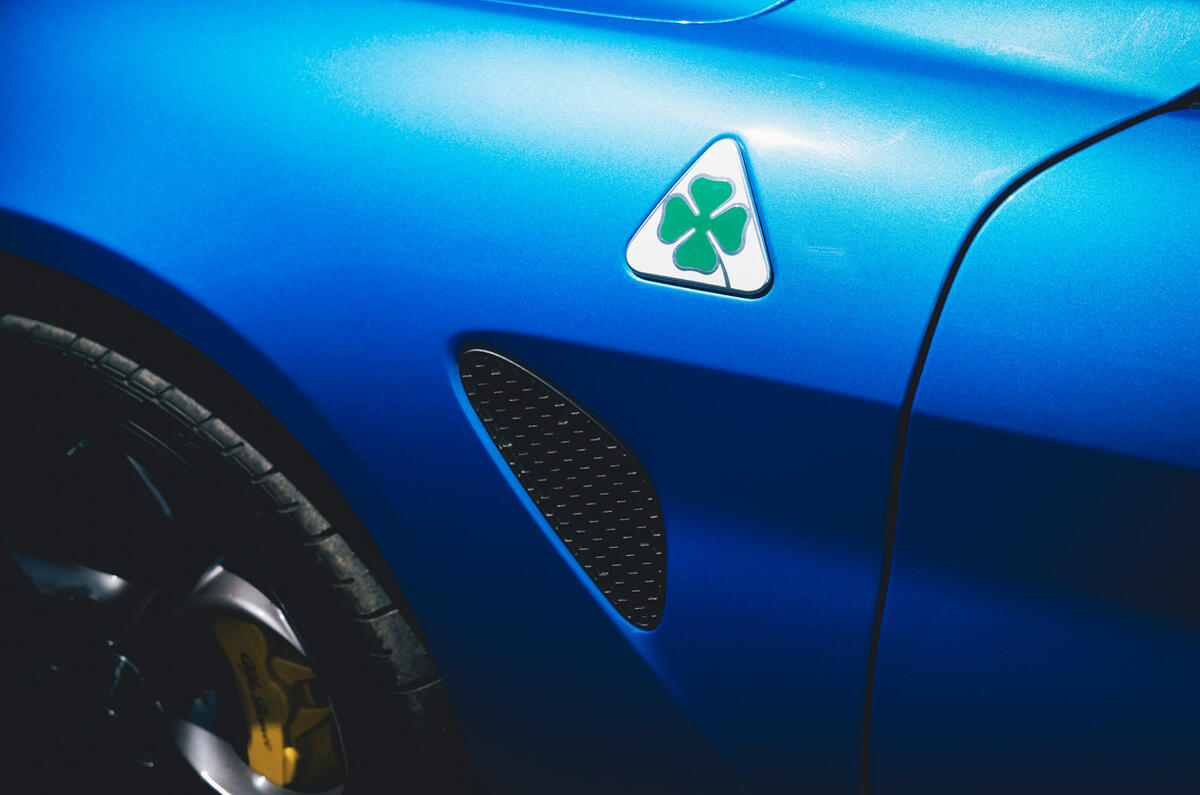
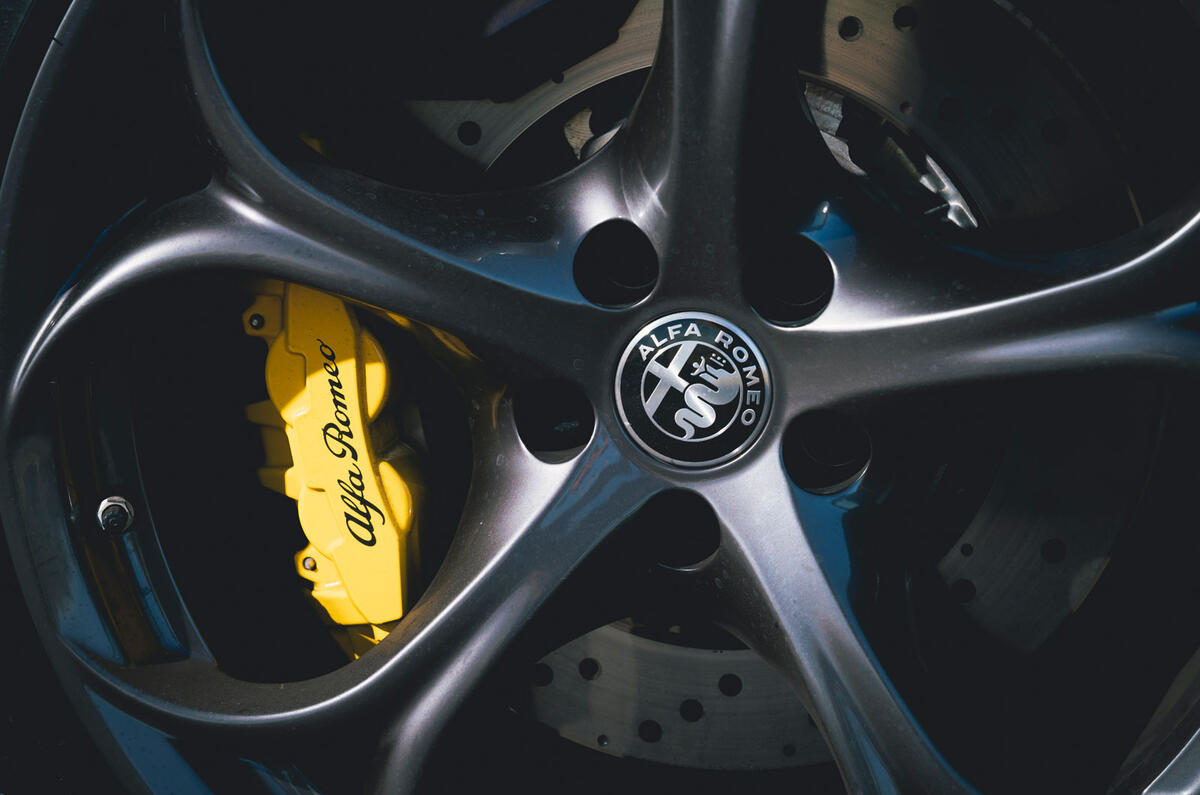
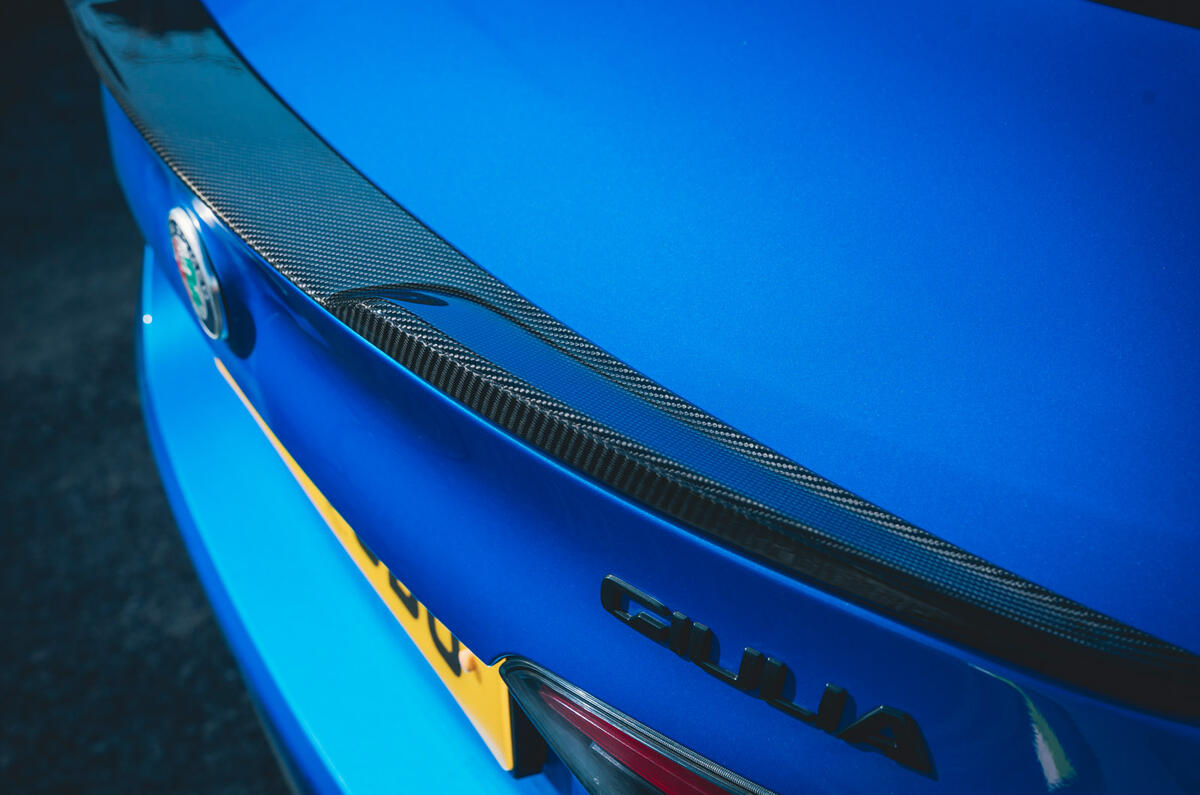
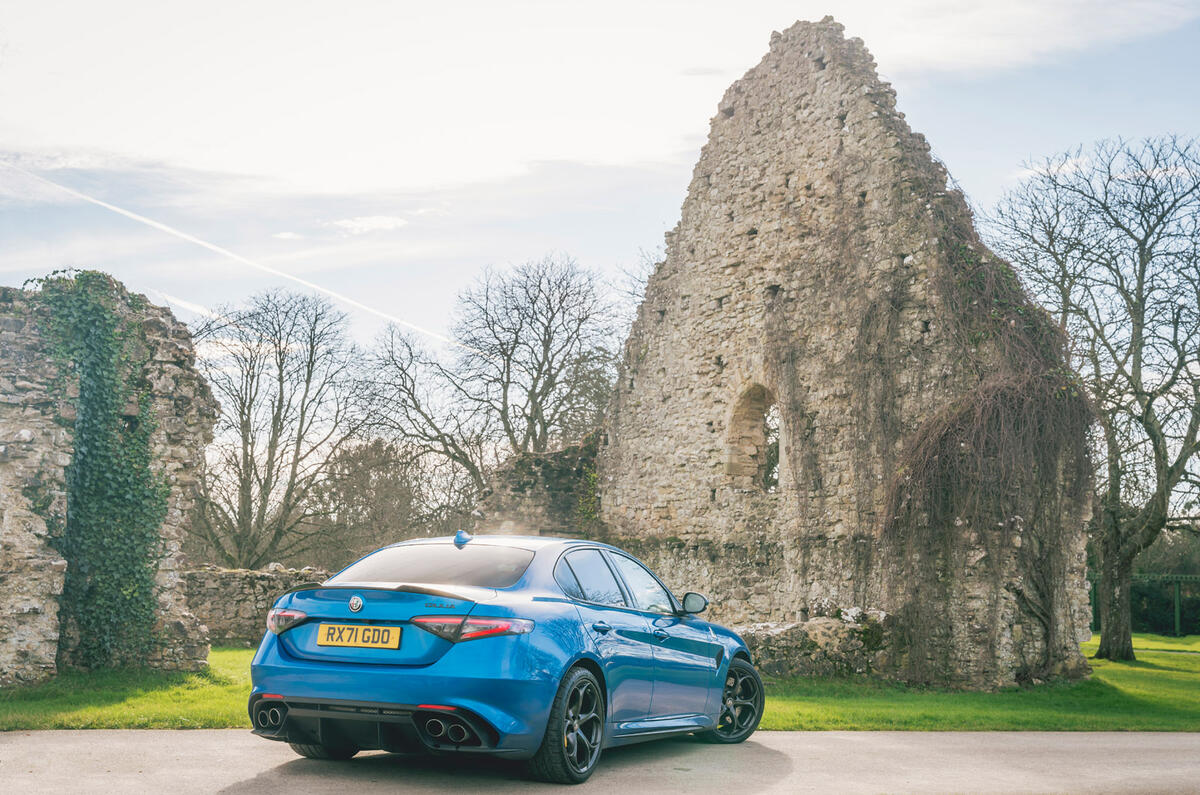
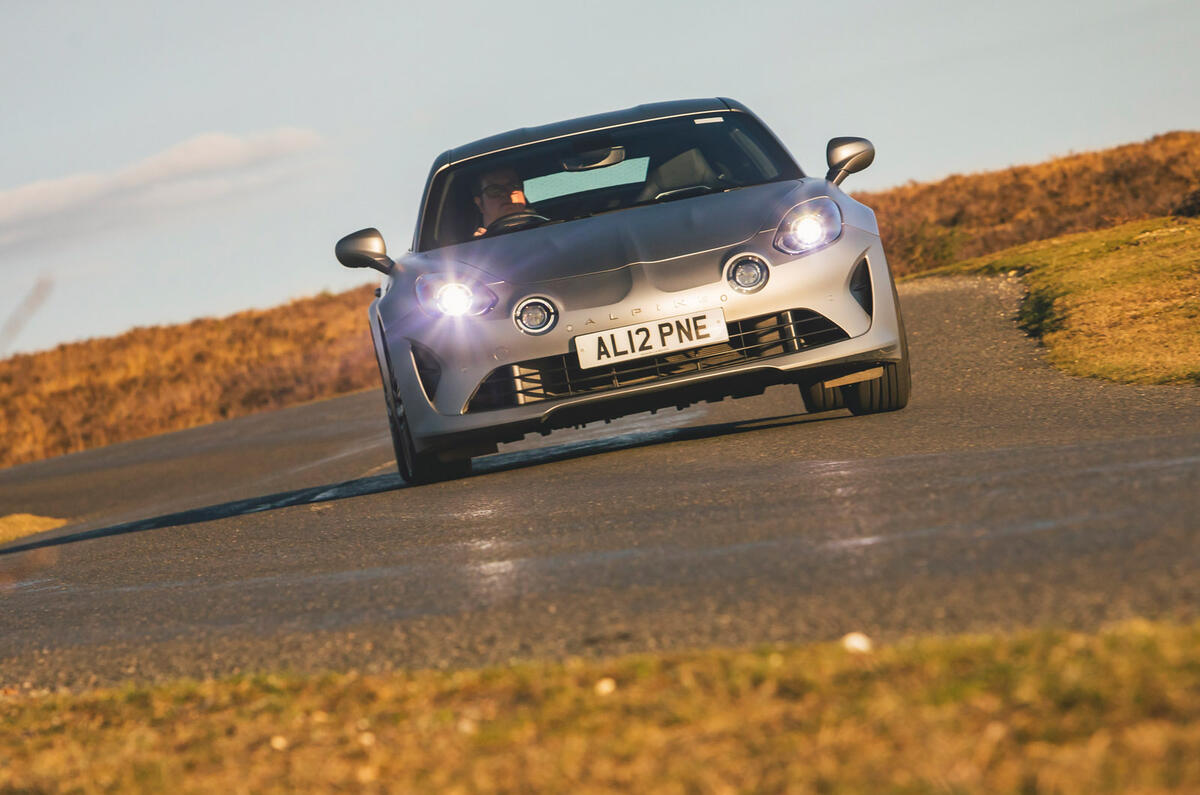
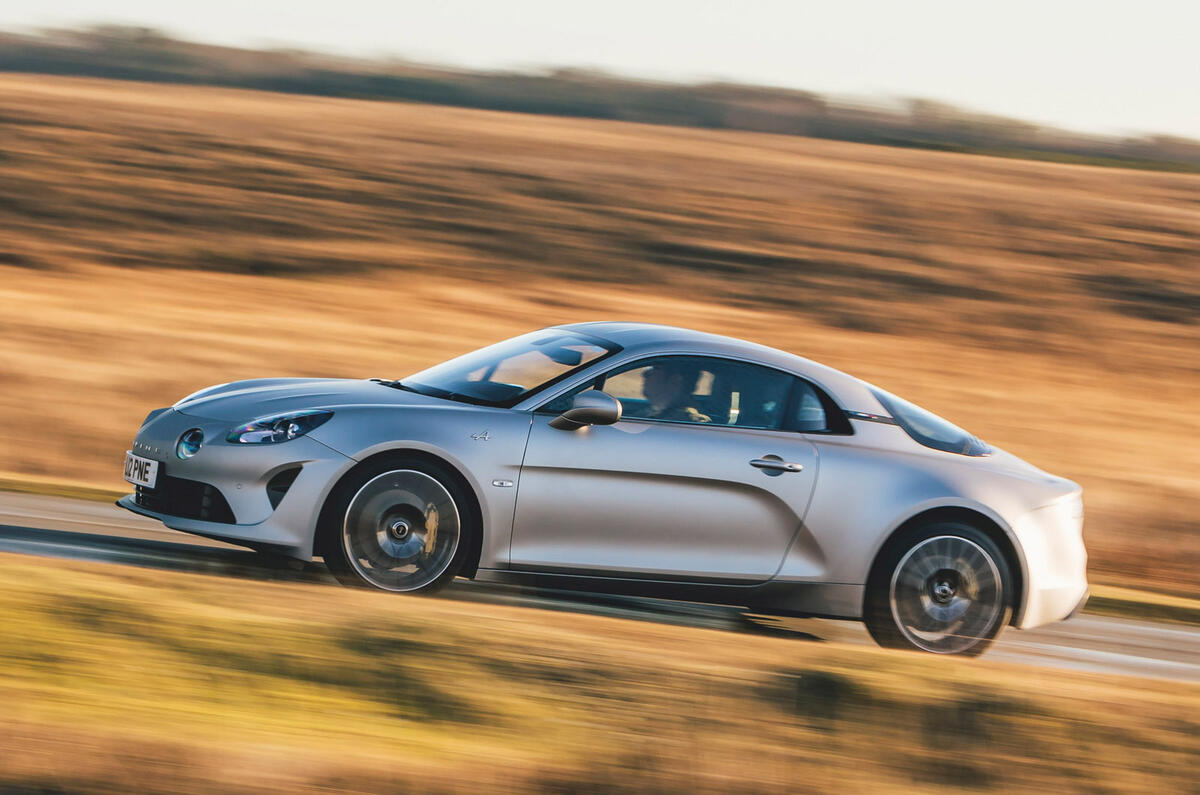
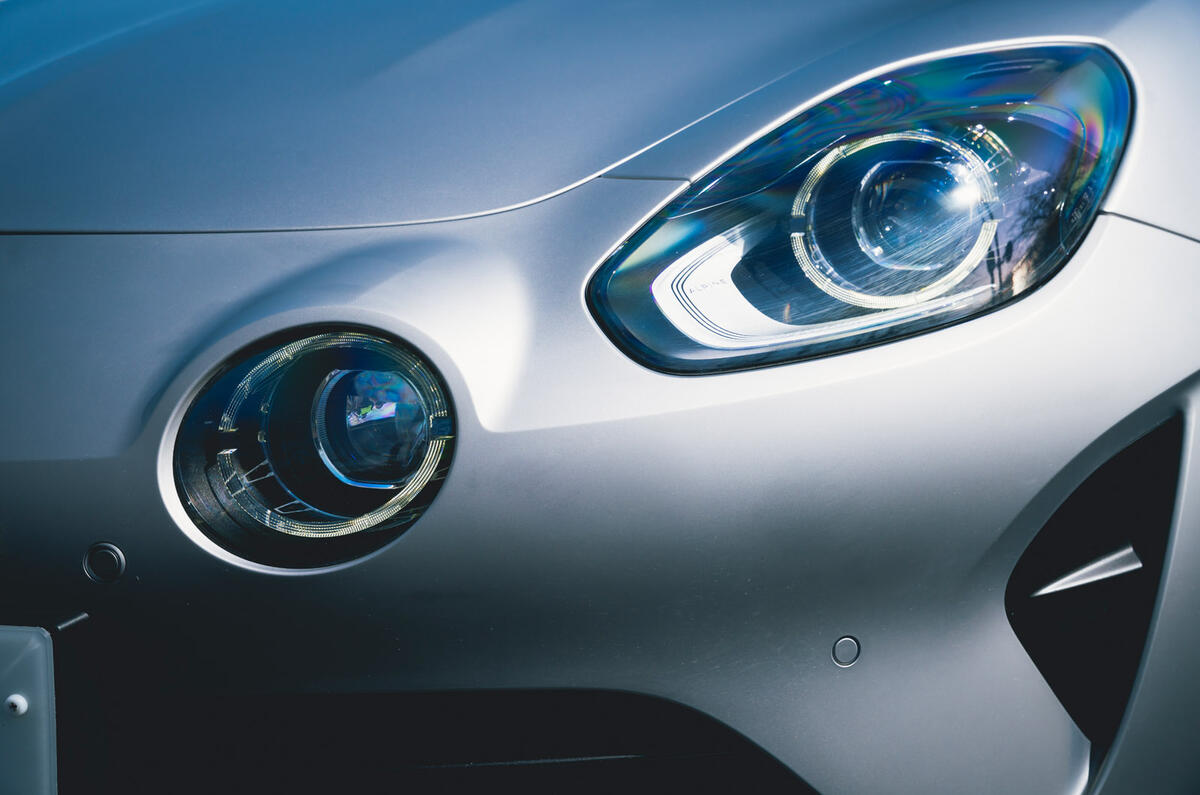
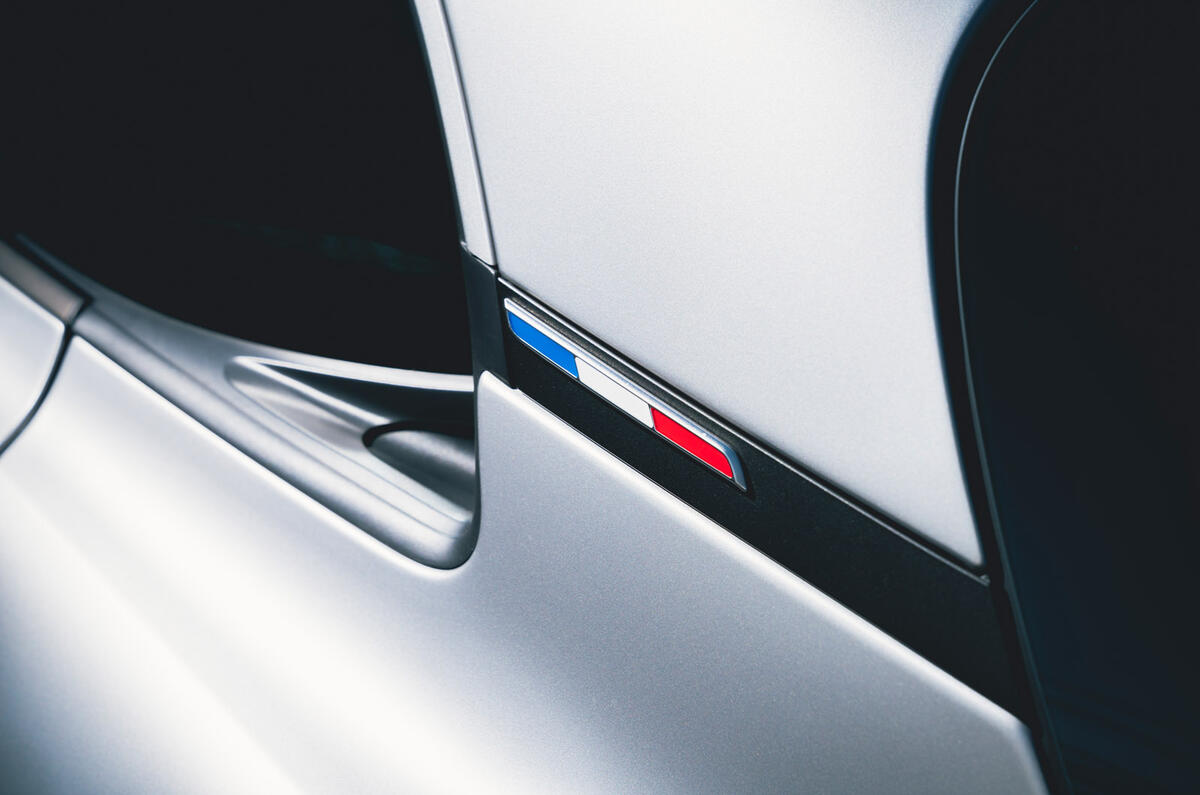
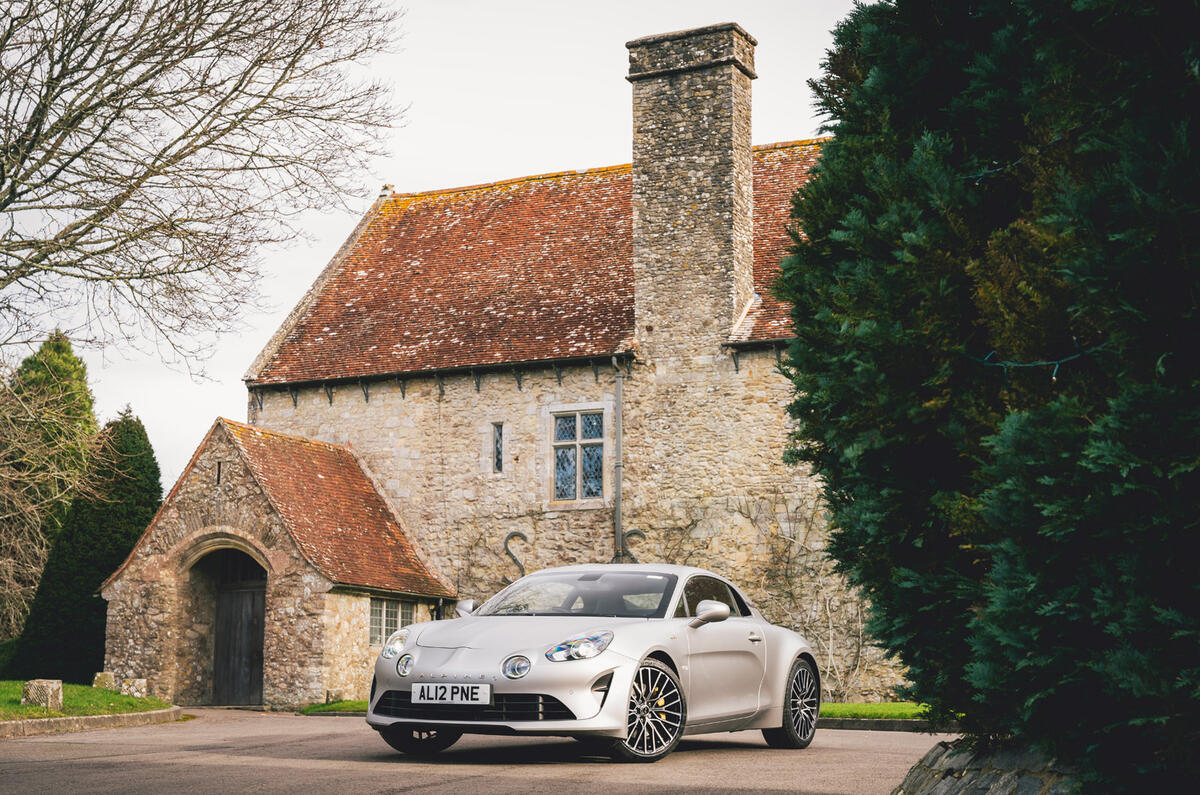
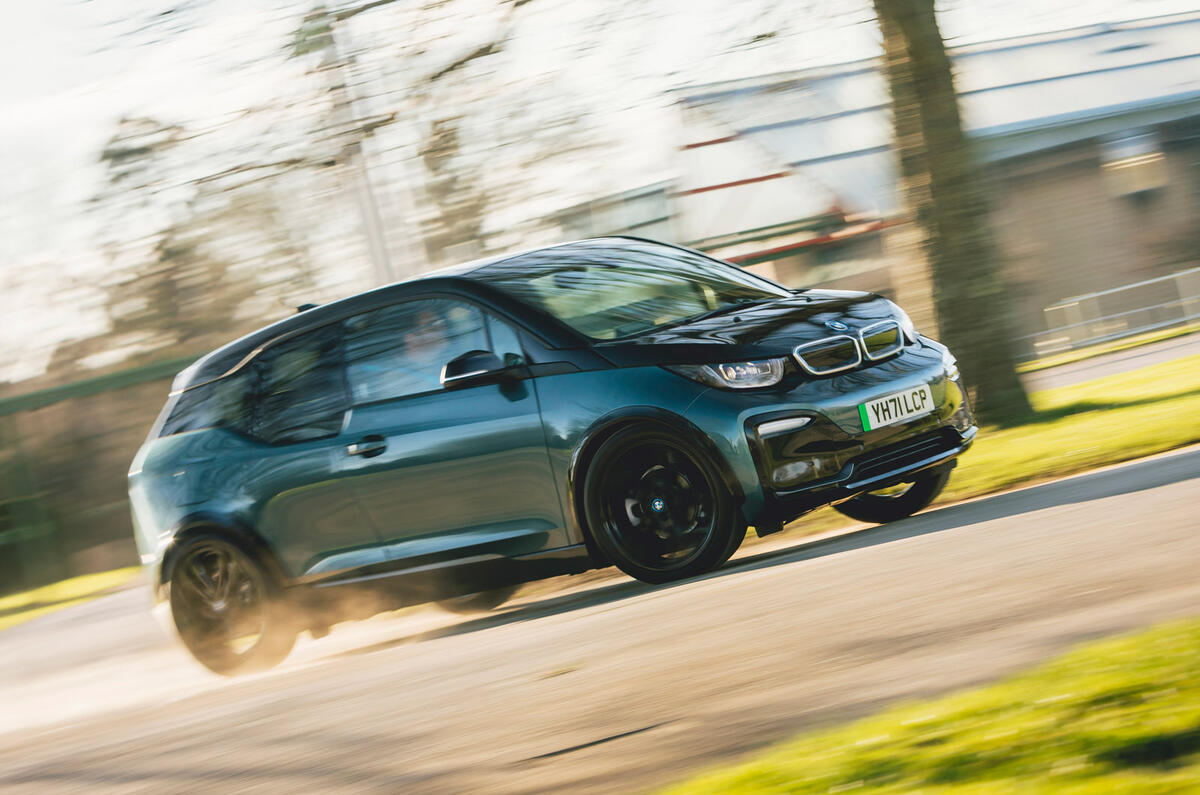
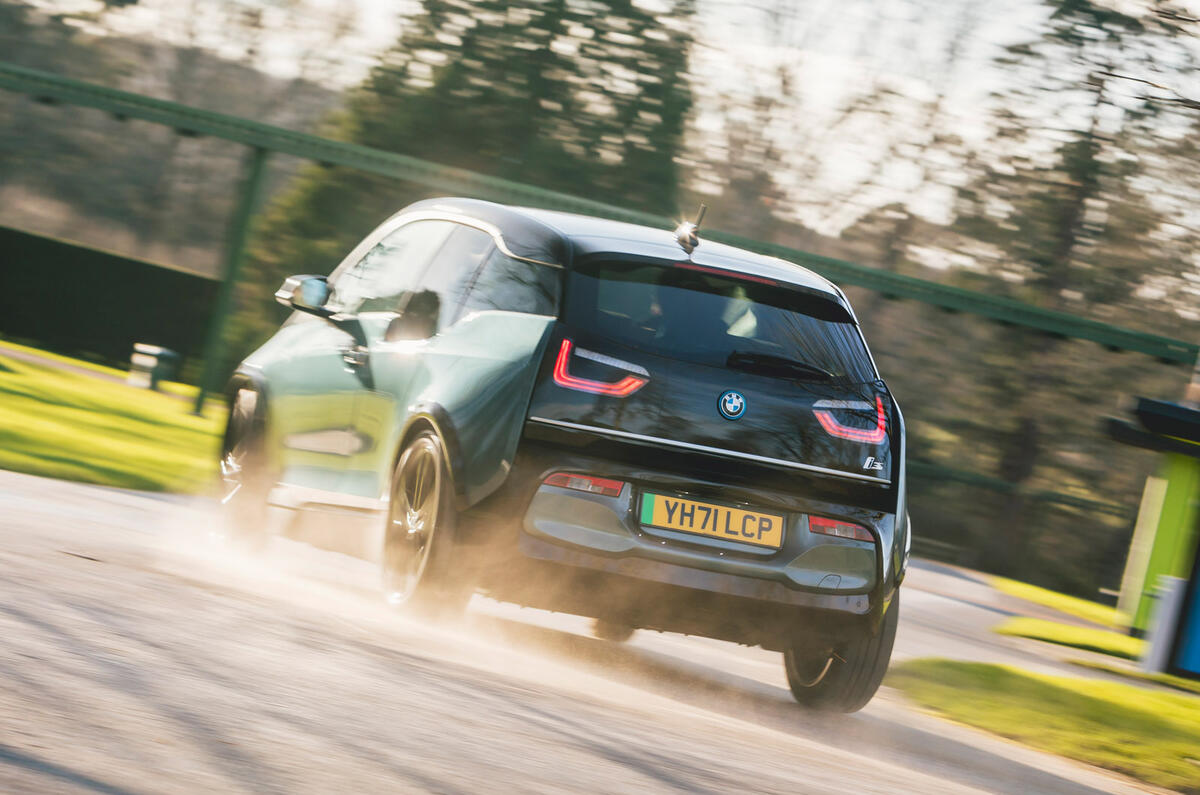
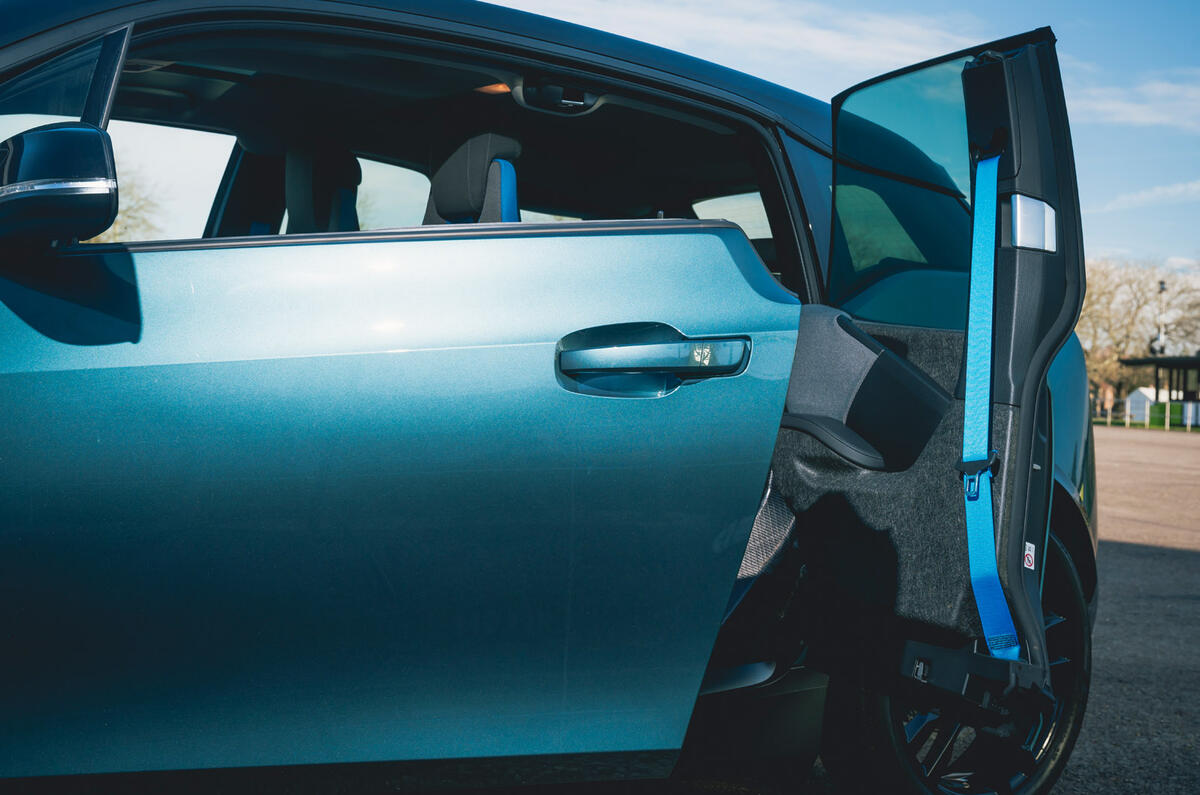

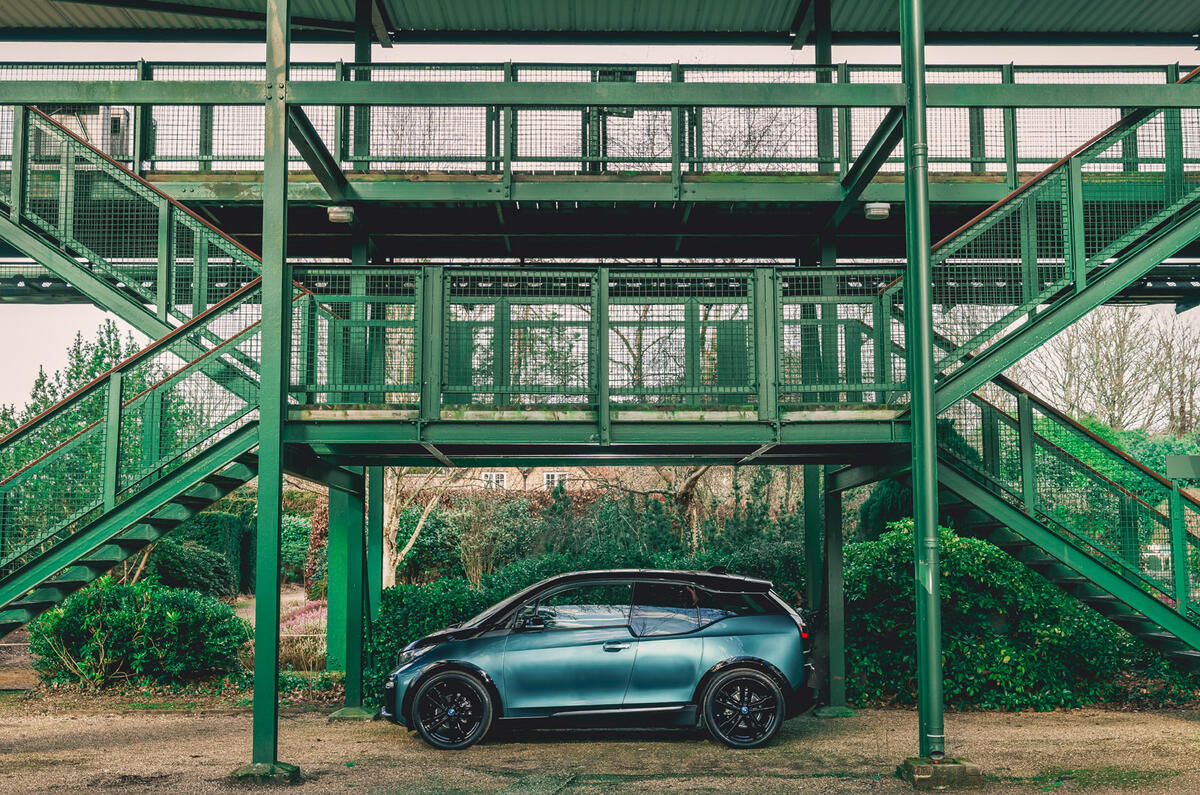
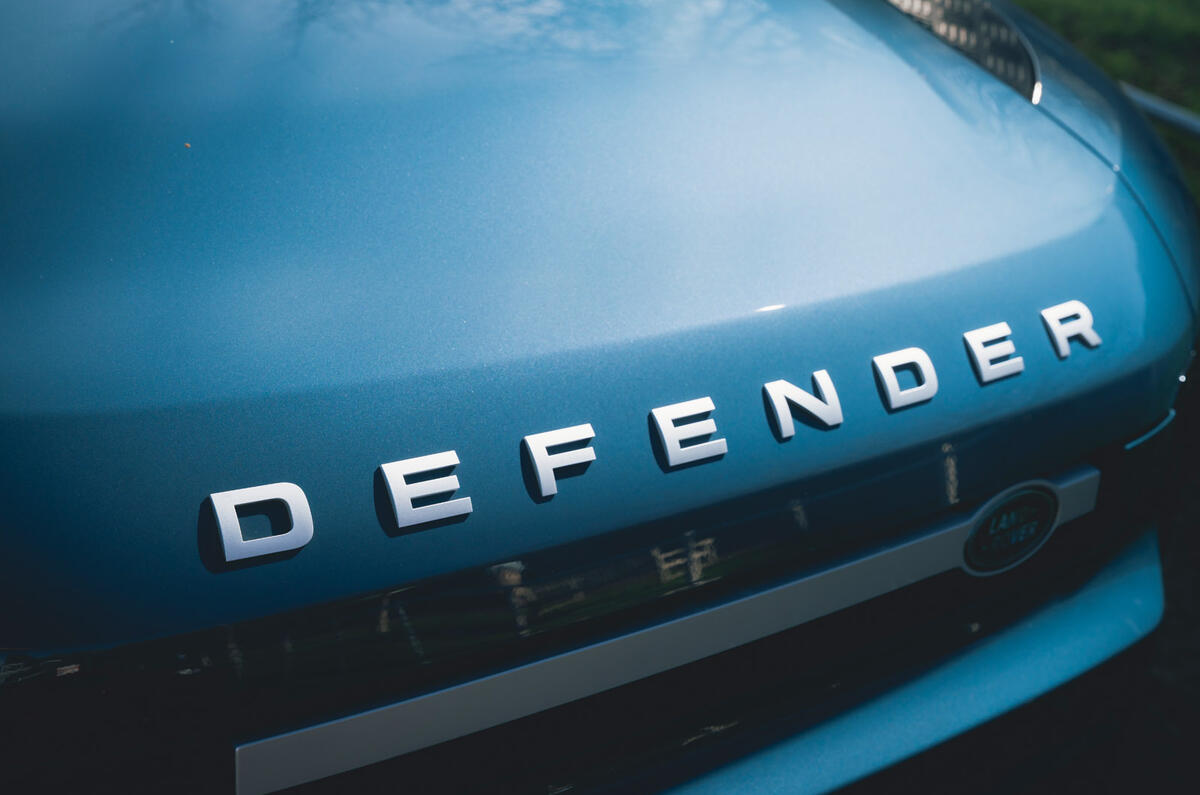
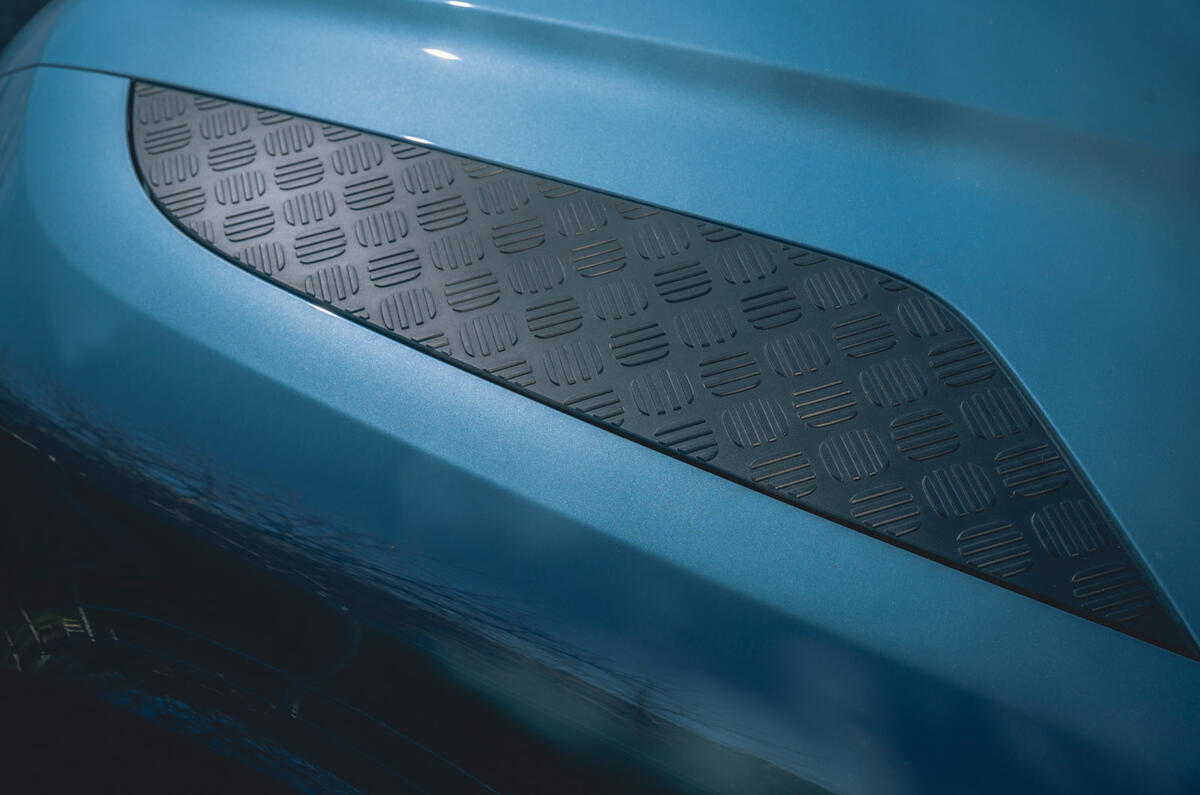
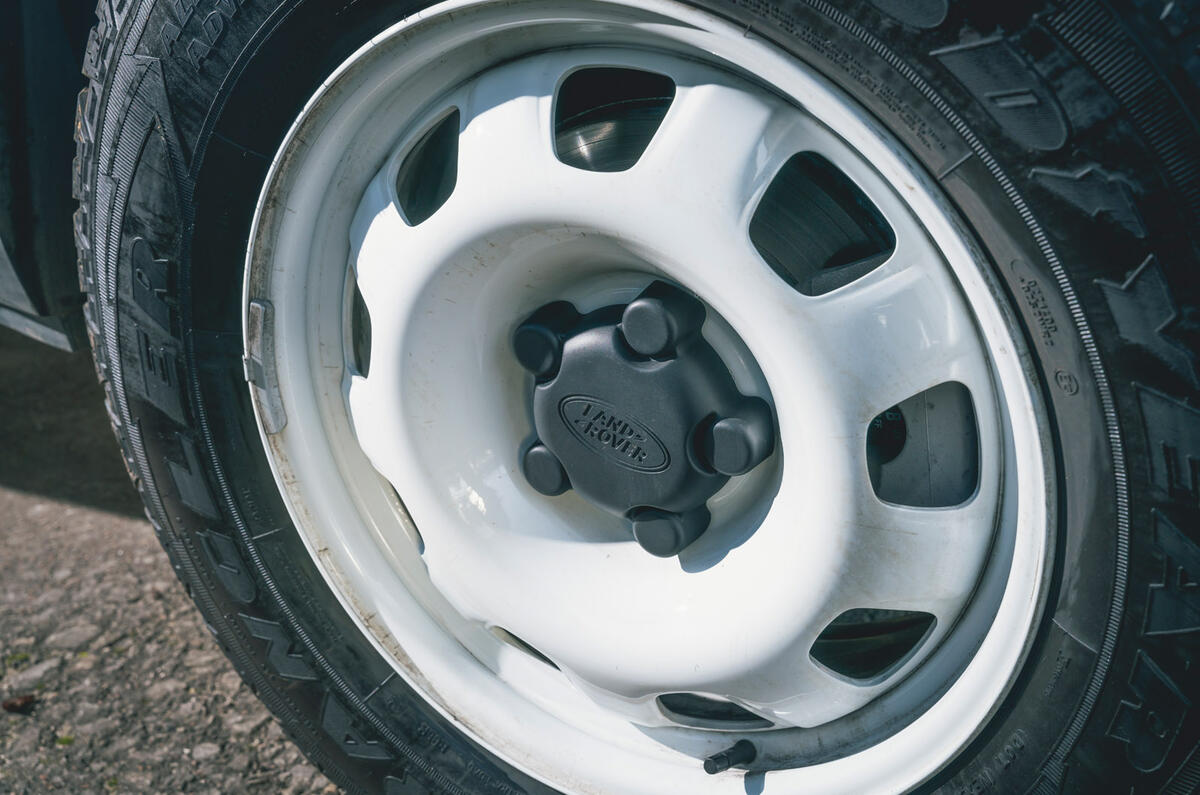
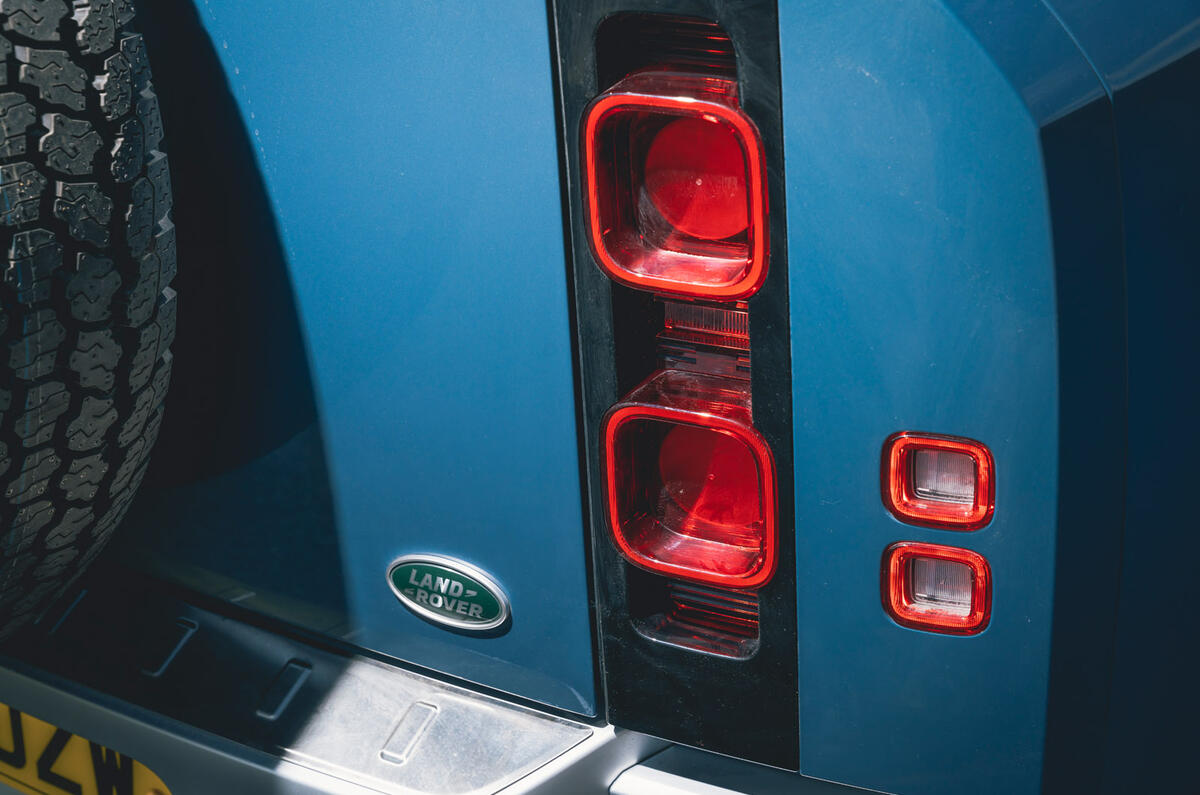
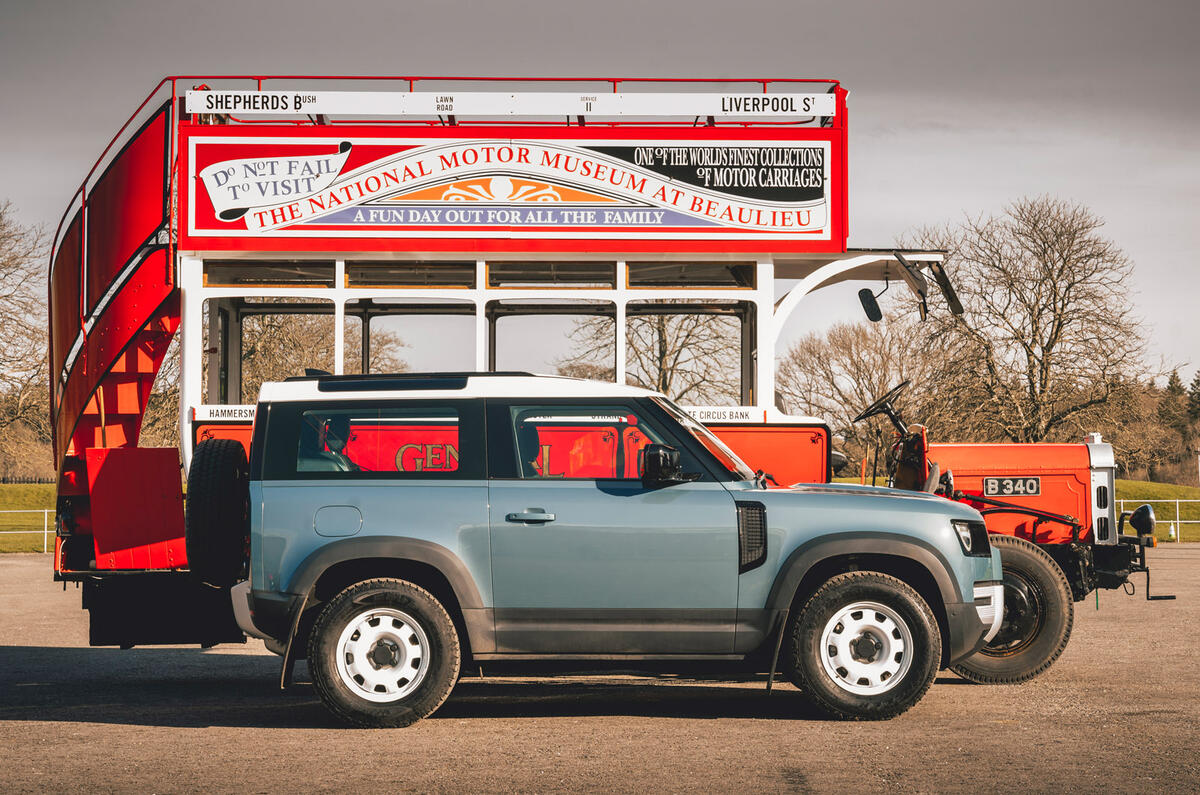
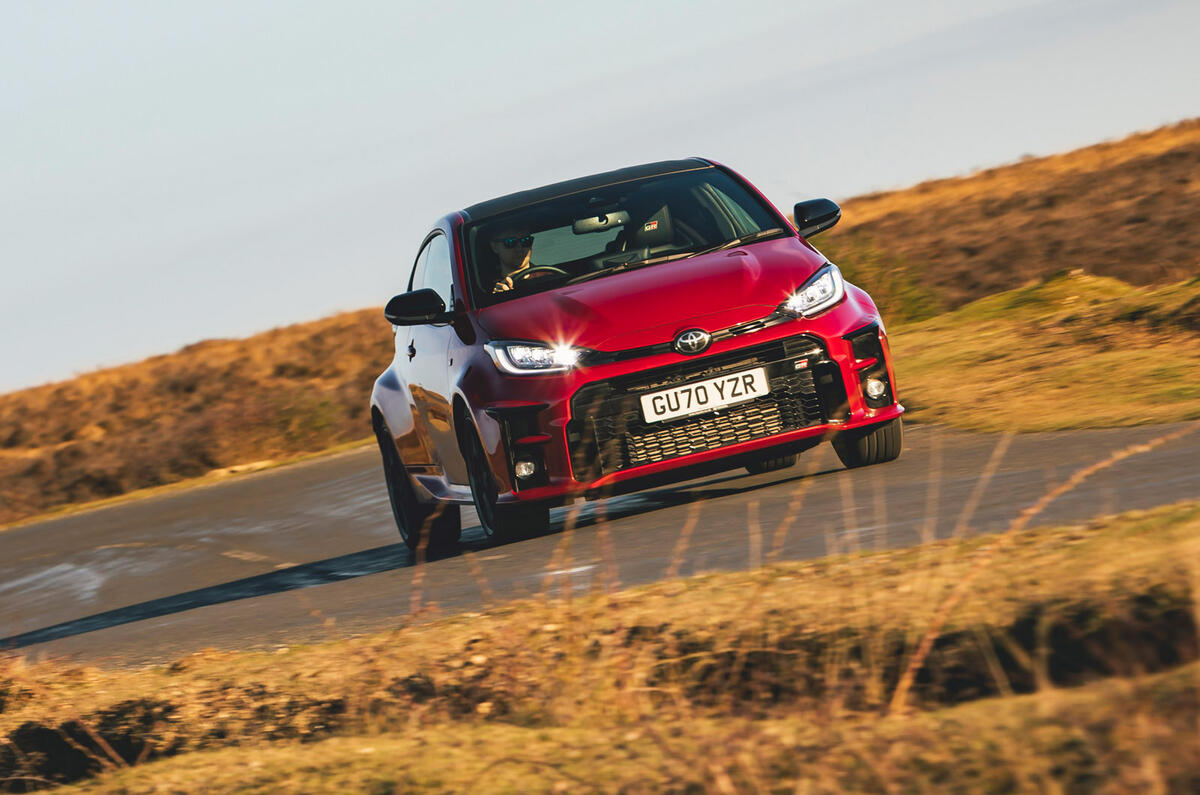
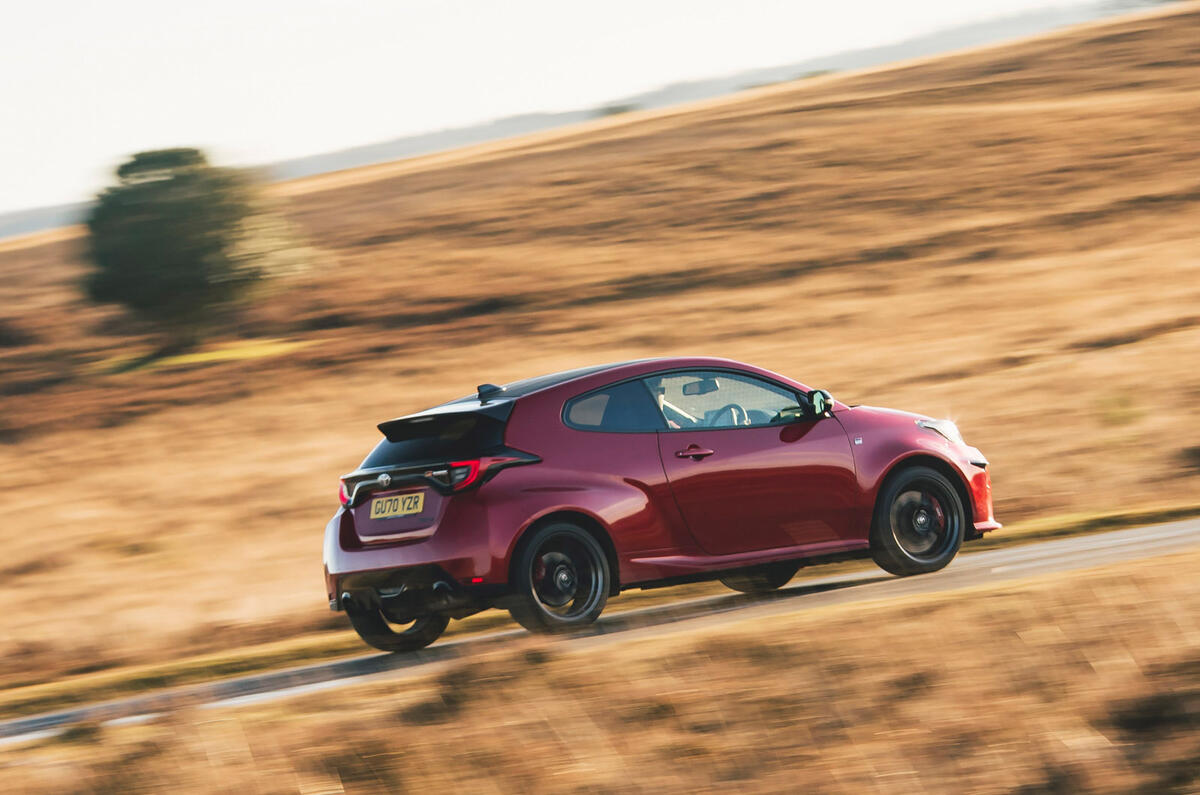
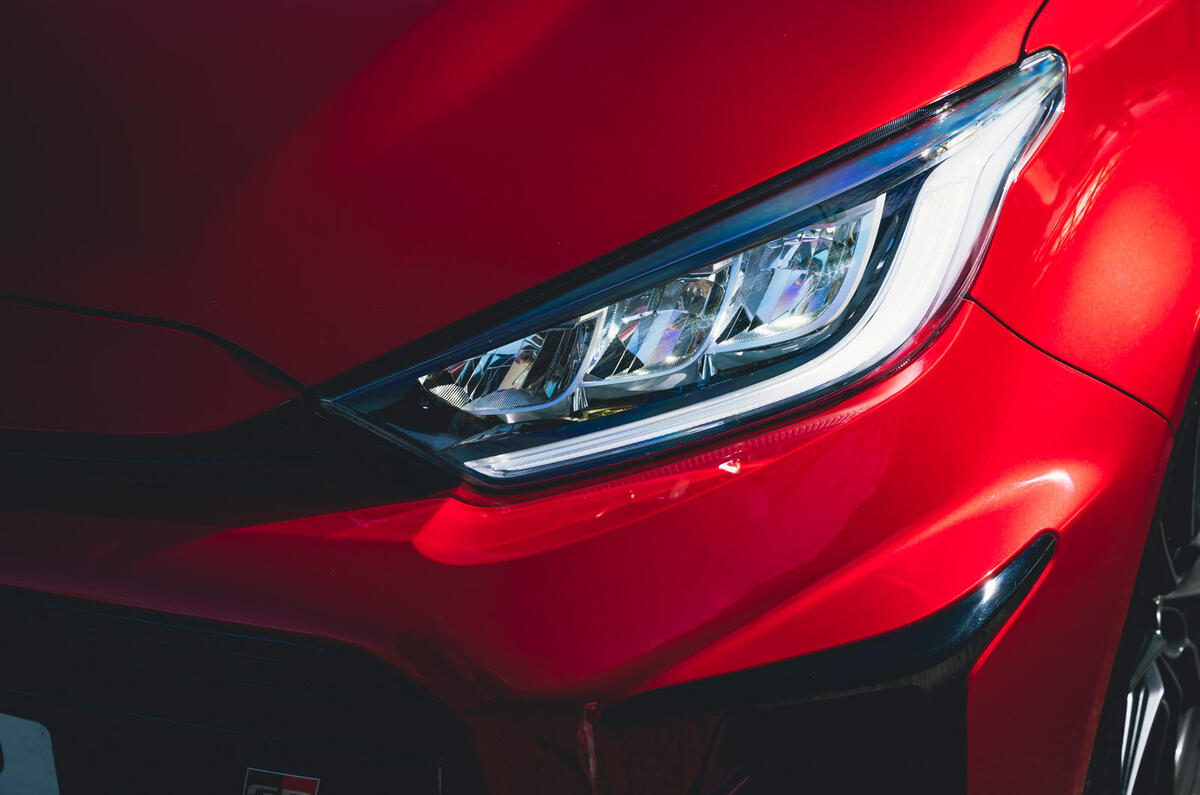
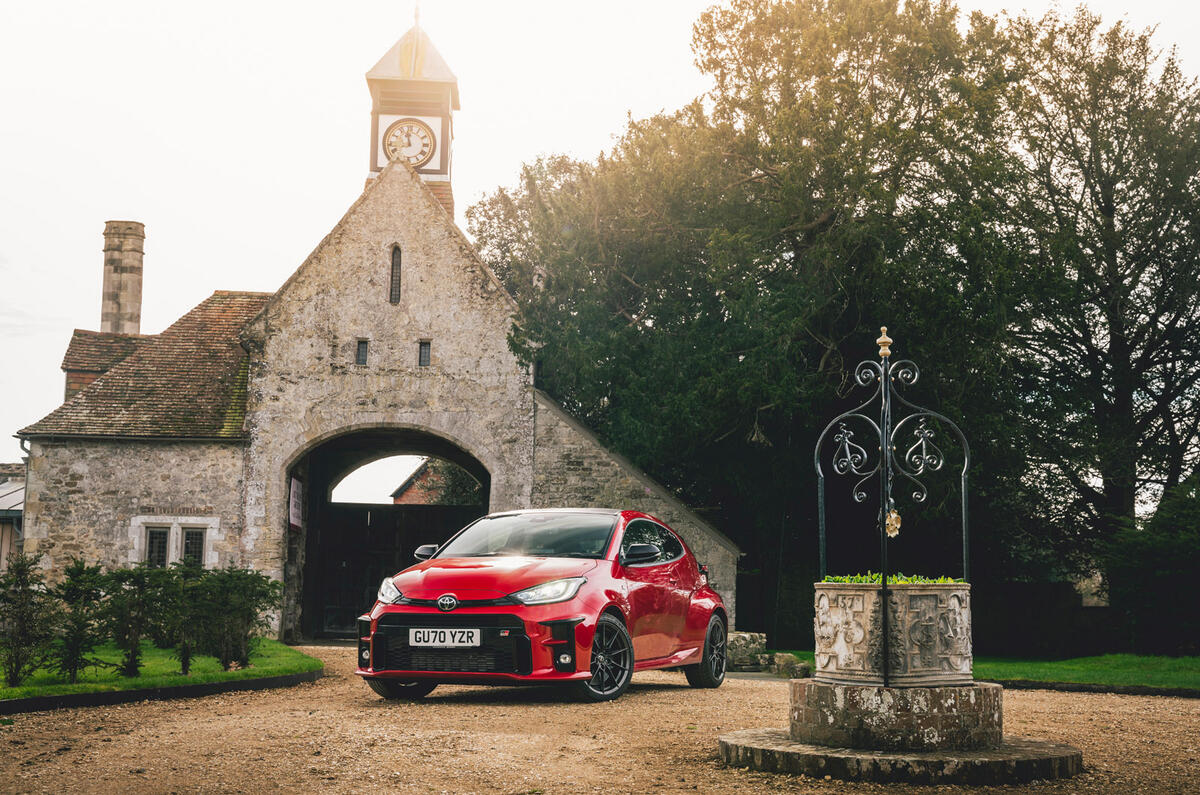
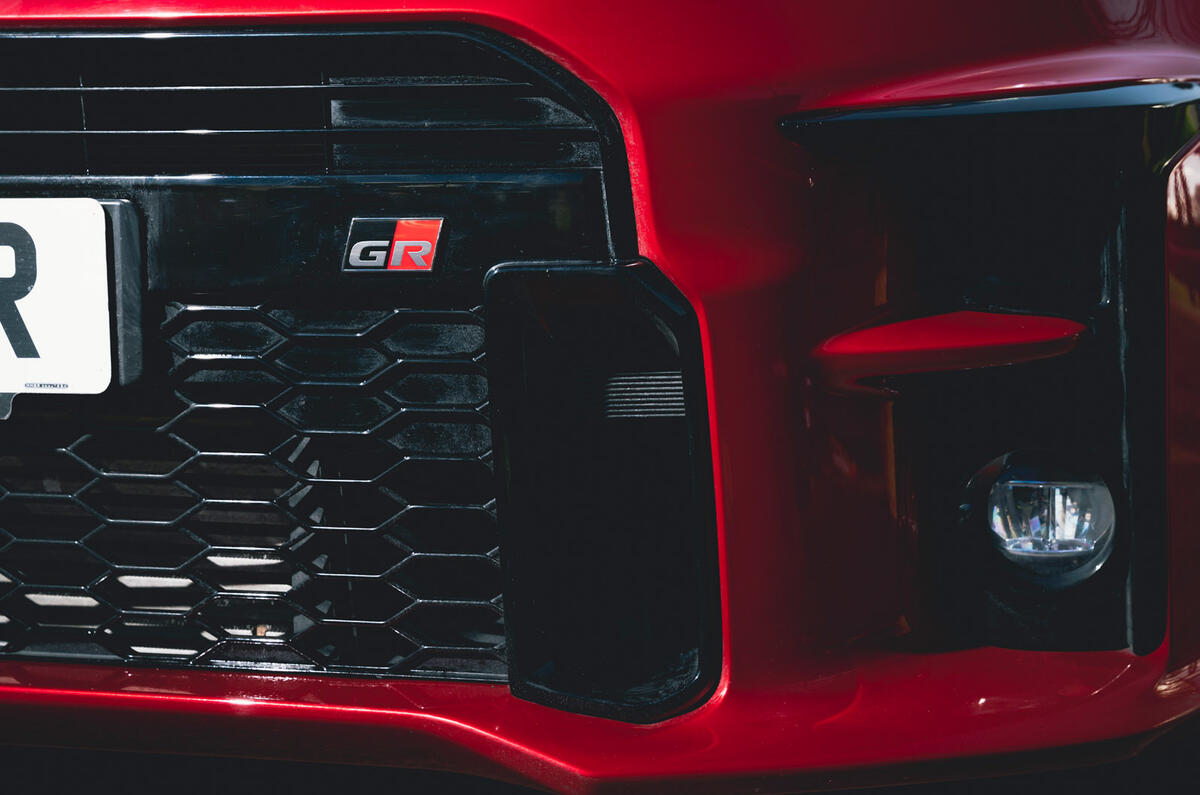
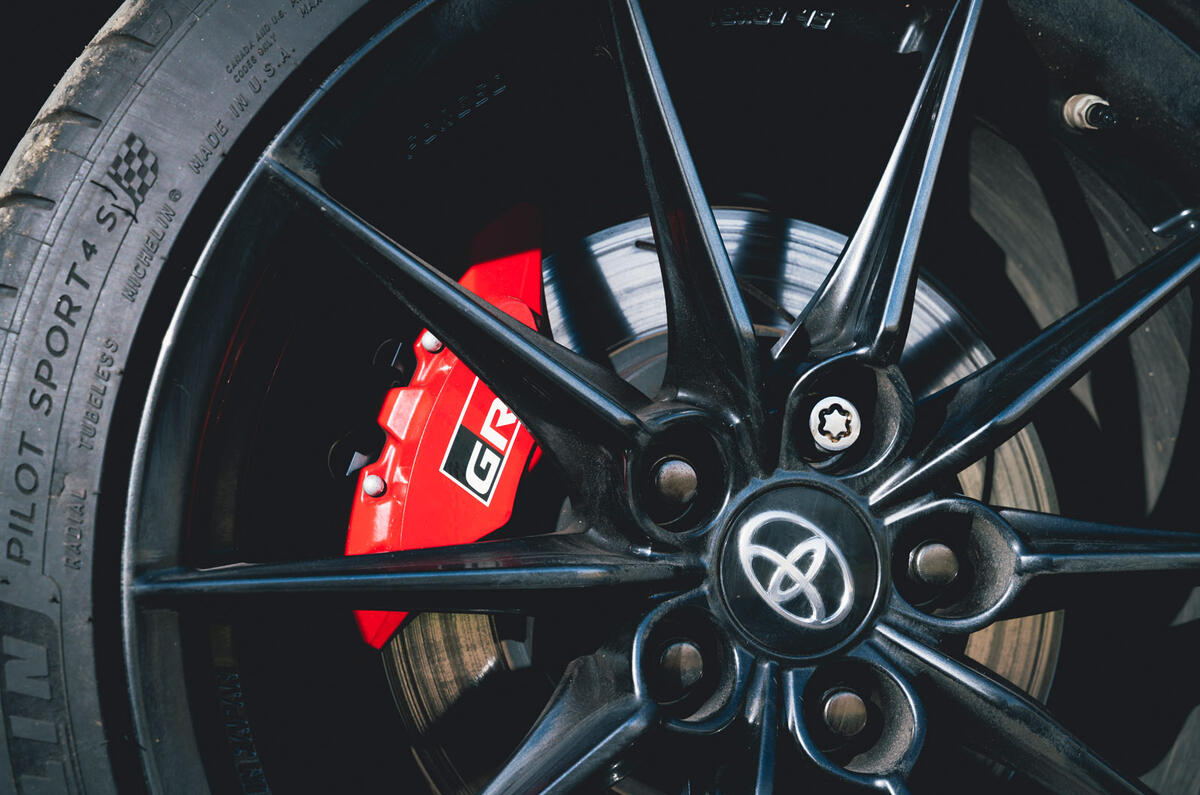


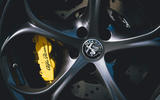

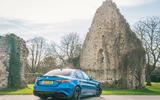

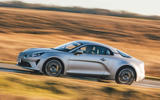

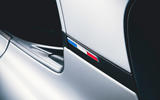


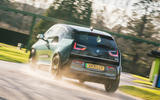
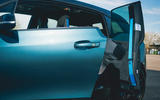



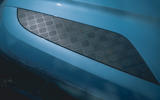





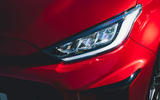


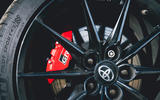

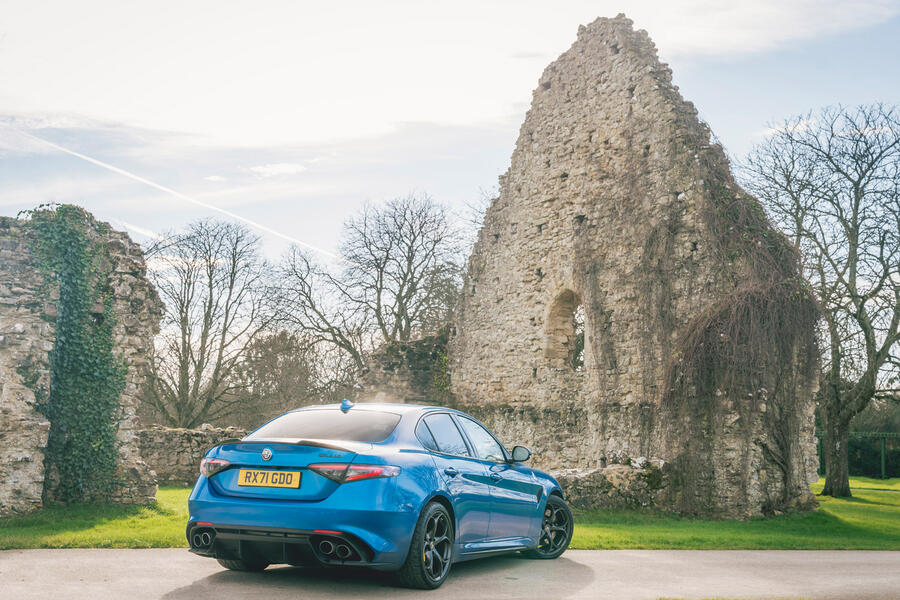
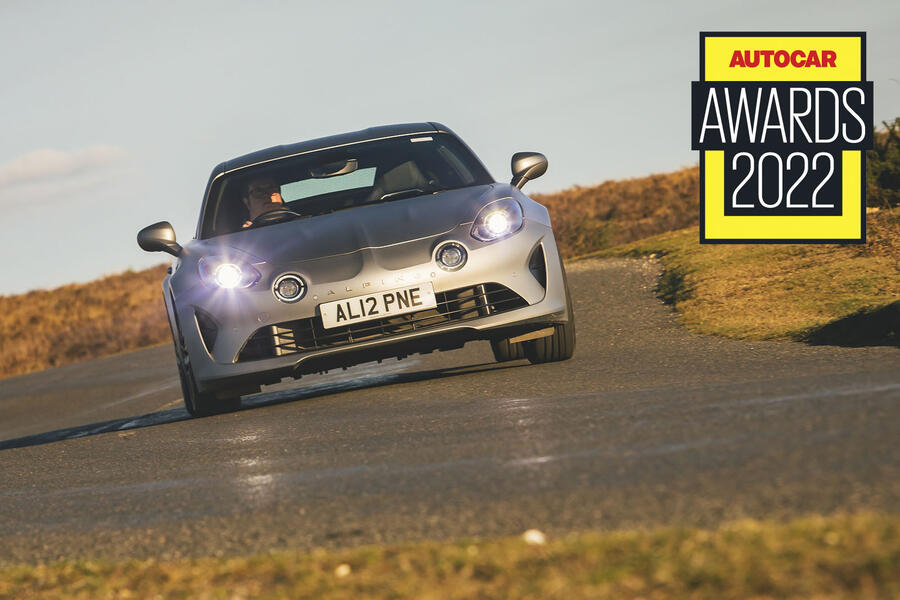
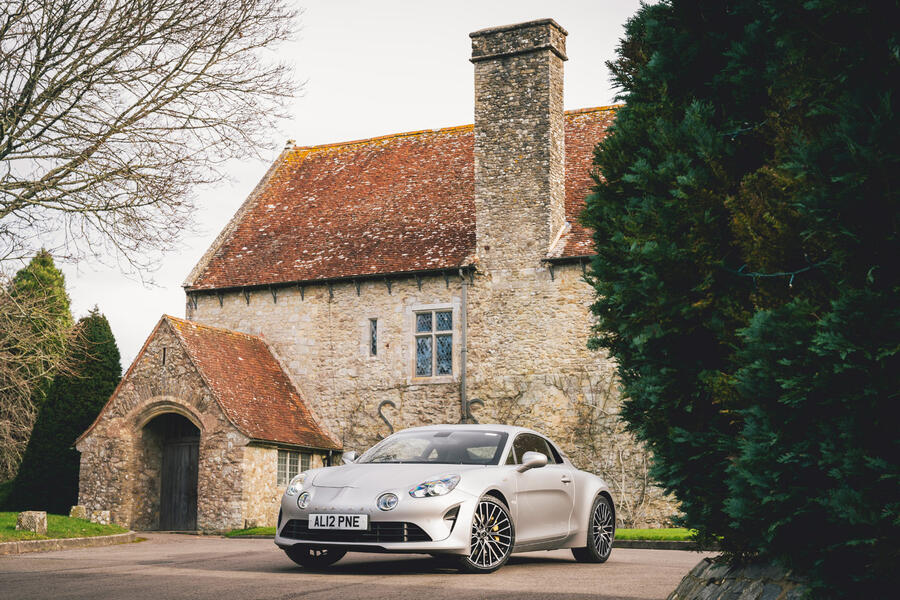
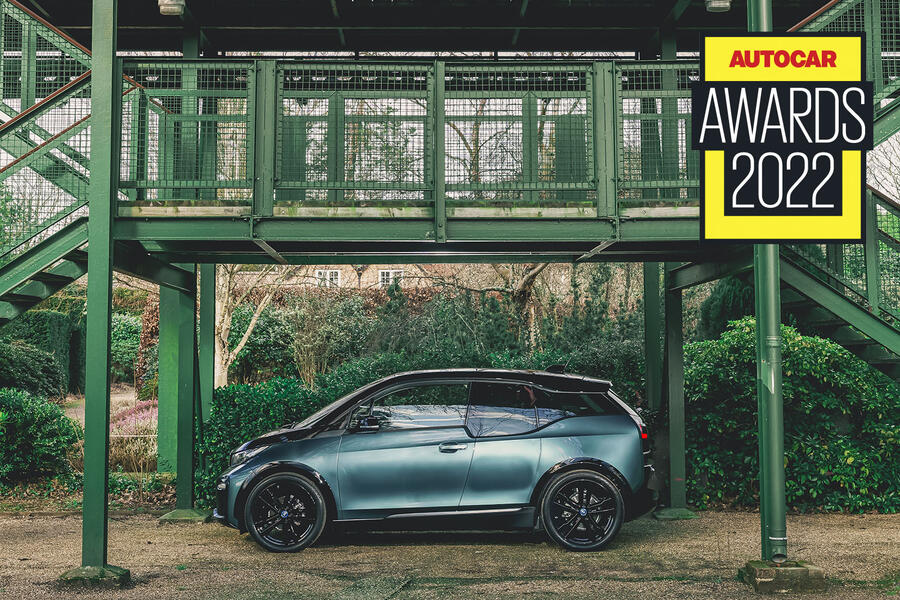
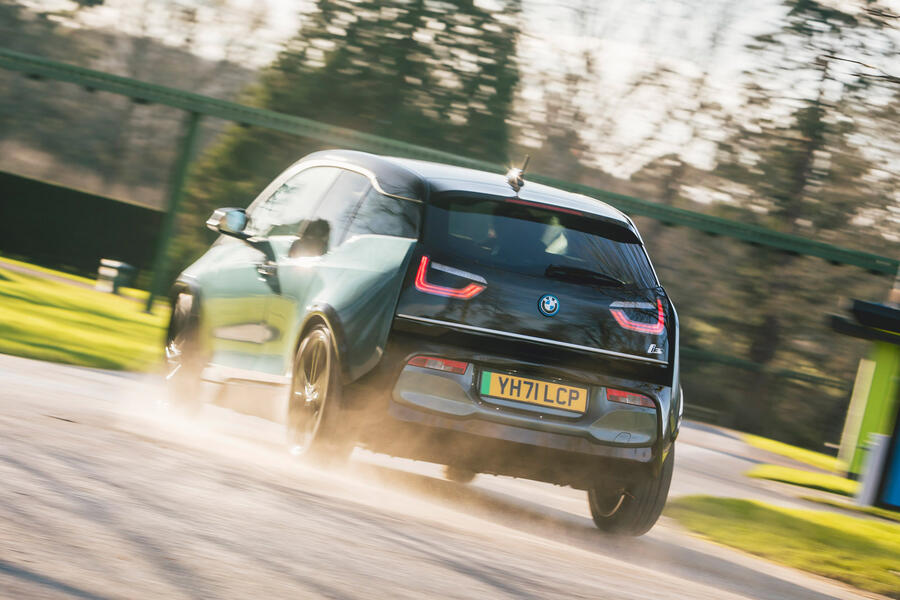
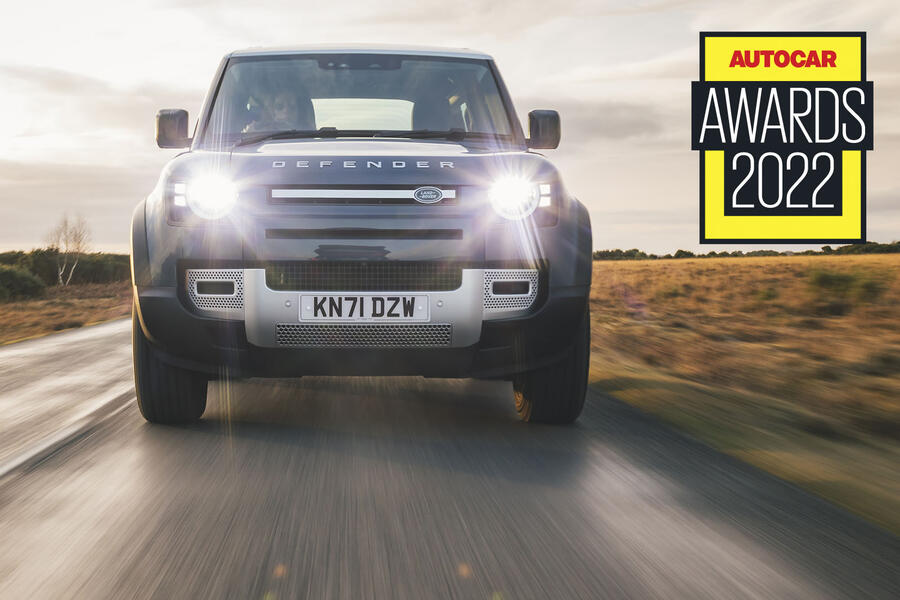
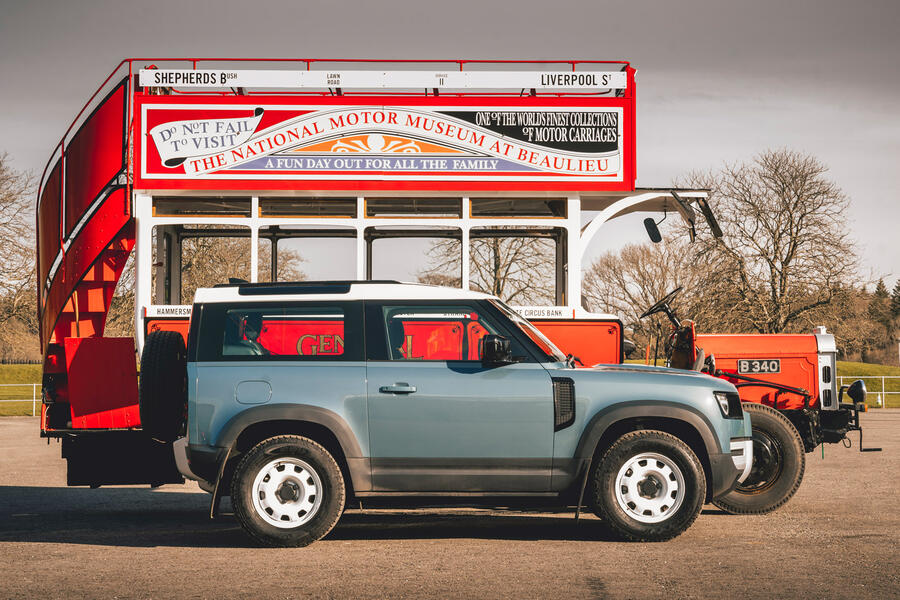
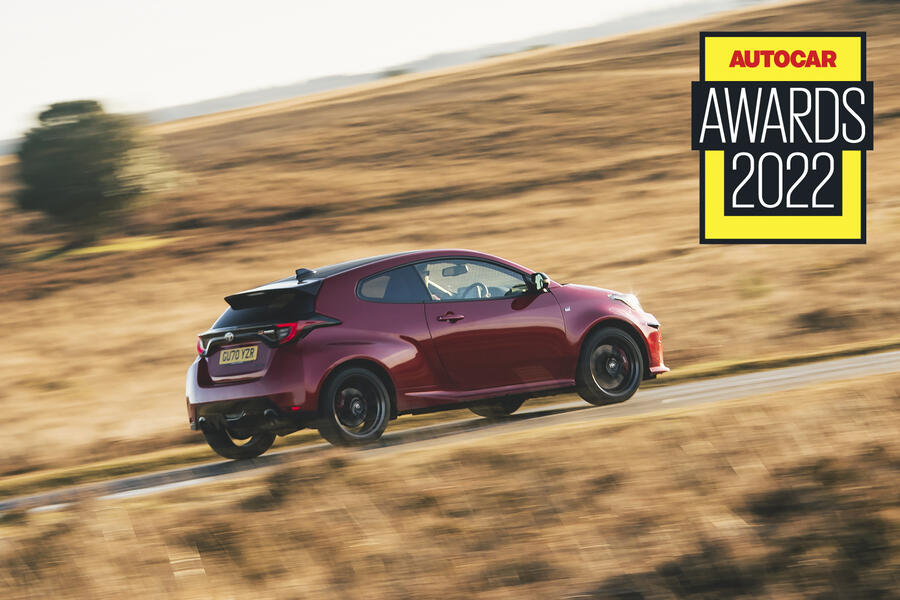



Join the debate
Add your comment
A vehicle for those with style and a taste for quality.
I think Autocar have sold the Yaris GR slightly short. Not only is it a great product, but for a mass manufacturer to create a model with a bespoke bodystyle for one model is impressive, and deserves credit in itself. No-one else comparable is doing this: As good as they are, the competitors are still lumbered with less special family car 5 door bodies, and it indicates to me that enough people at Toyota still have petrol in their veins, rather than just Yen symbols in their eyes.
You can pretty much guarantee anything fairly sleek looking, with a posh badge, that currently costs more than £100k, will be a future classic, so all Bentleys, Astons, Porsches, McLarens, Ferraris etc. Any V8 or V12 cars will be very rare by then, so the Ford Mustang and F-Type especially in V8 form will qualify.
The Alpine is a given I suppose, though it does lack the competition heritge of the original A110, the Alfa possibly also, from their rarity rather than any other reason.
I suspect the Taycan will be a more desirable classic than the i3, as will the i8, though I doubt current battery technology will be still operating after 30 years. I can't see why the Tesla models wouldn't also be in that category.
As for the new Defender, why would that ever be an appreciating classic? Very little to recommend it over any other Land Rover product in my view.
Oh, Autocar, just remember opinion does not prove anything, so lazy journalism to pronounce that it does.